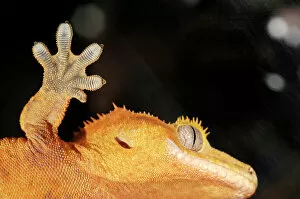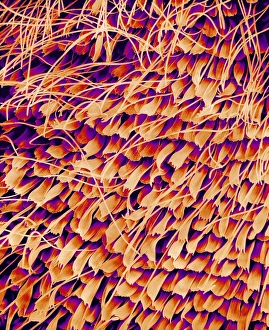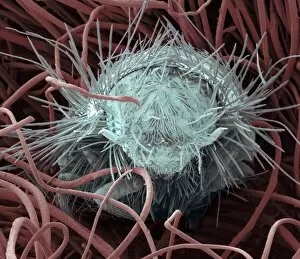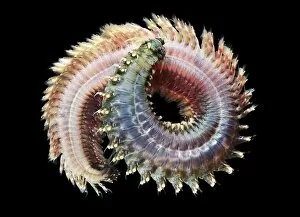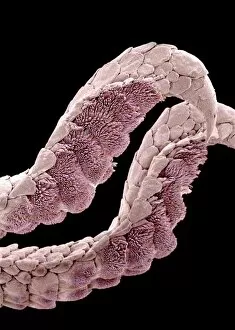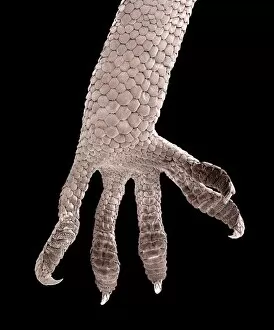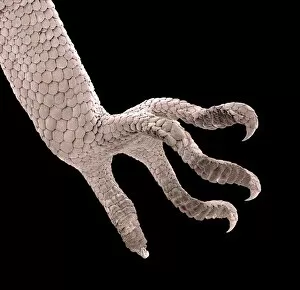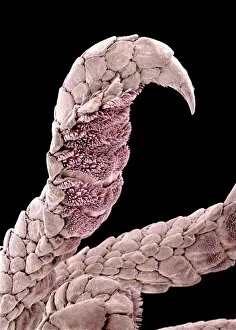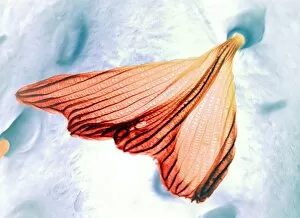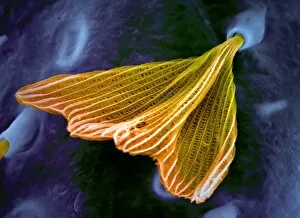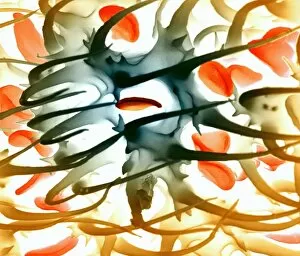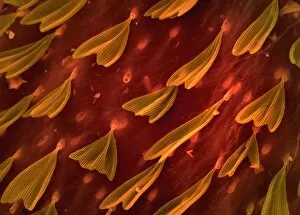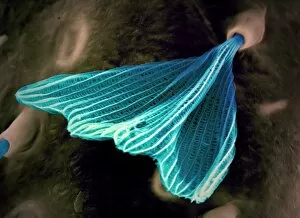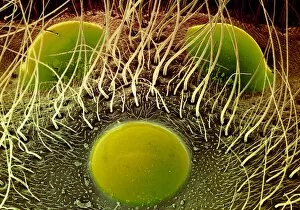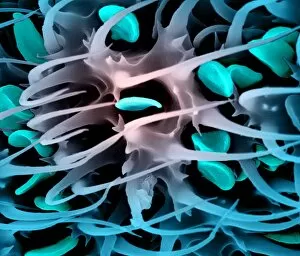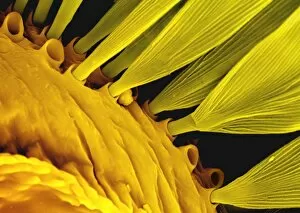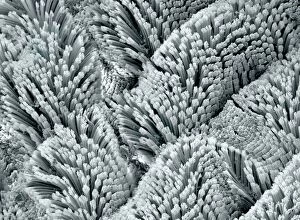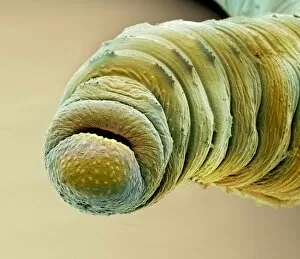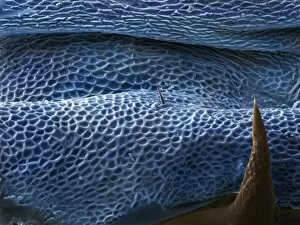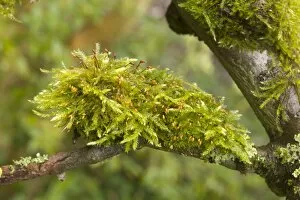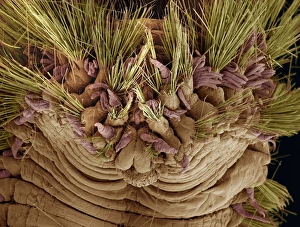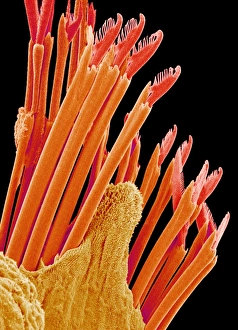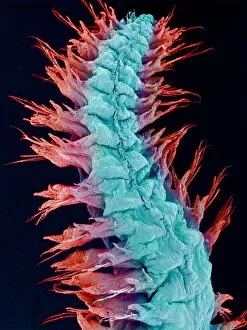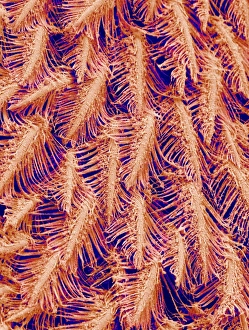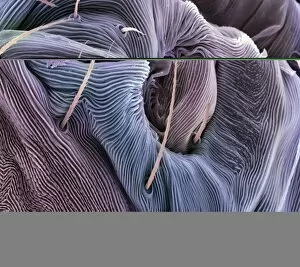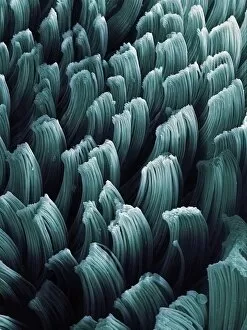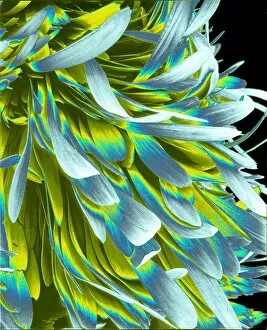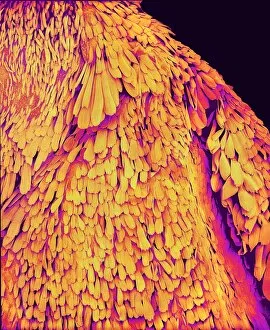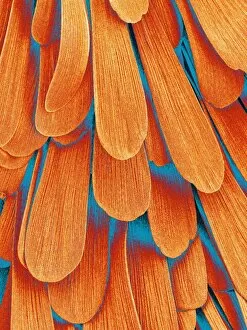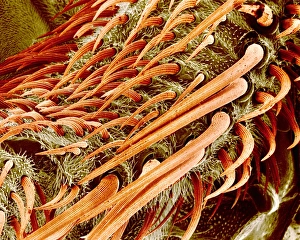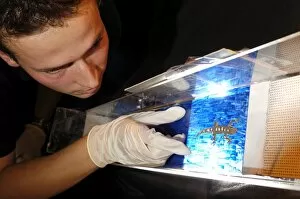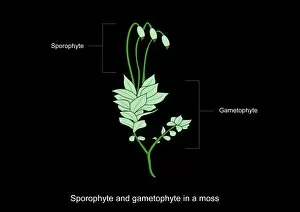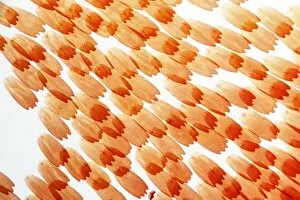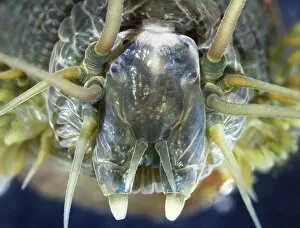Setae Collection
"Exploring the Marvels of Setae: Nature's Tiny Wonders" Delicate and intricate, it can nature's secret to extraordinary abilities
All Professionally Made to Order for Quick Shipping
"Exploring the Marvels of Setae: Nature's Tiny Wonders" Delicate and intricate, it can nature's secret to extraordinary abilities. From butterfly wings to gecko feet, these microscopic structures have captivated scientists for their remarkable functionalities. Under the scanning electron microscope (SEM), we uncover the mesmerizing world of setae. The gecko, a master climber, owes its gravity-defying skills to millions of tiny hairs on its feet known as setae. These specialized structures allow geckos to effortlessly scale walls and ceilings with ease. Zooming in further, we observe carpet beetle larvae through SEM revealing their unique setae patterns that aid them in navigating through fibers and fabrics undetected. Their finely tuned sensory appendages help them locate food sources while remaining hidden from predators. Venturing into sandy terrains, we encounter sandworms equipped with bristle-like setae that enable efficient burrowing beneath the surface. These remarkable creatures rely on their tactile hairs for stability and locomotion in shifting sands. Moth scales also possess an array of fascinating setae arrangements that contribute to their vibrant wing colors and patterns. SEM images showcase the intricate details of these miniature scales which play a crucial role in attracting mates or camouflaging against potential threats. Even mosquitoes utilize specialized antennal setae for detecting chemical signals such as pheromones or carbon dioxide emitted by potential hosts. Through SEM imaging, we gain insights into how these minute sensory organs aid mosquitoes in locating suitable blood meals. Setae continue to astound researchers with their diverse applications across various species. Whether it be enhancing flight capabilities or enabling adhesion on vertical surfaces like butterflies or geckos respectively - these tiny wonders never cease to amaze us. In this captivating journey through microcosms unseen by the naked eye, we unravel nature's ingenious designs embodied within each delicate strand of seta – a testament to evolution's brilliance.

